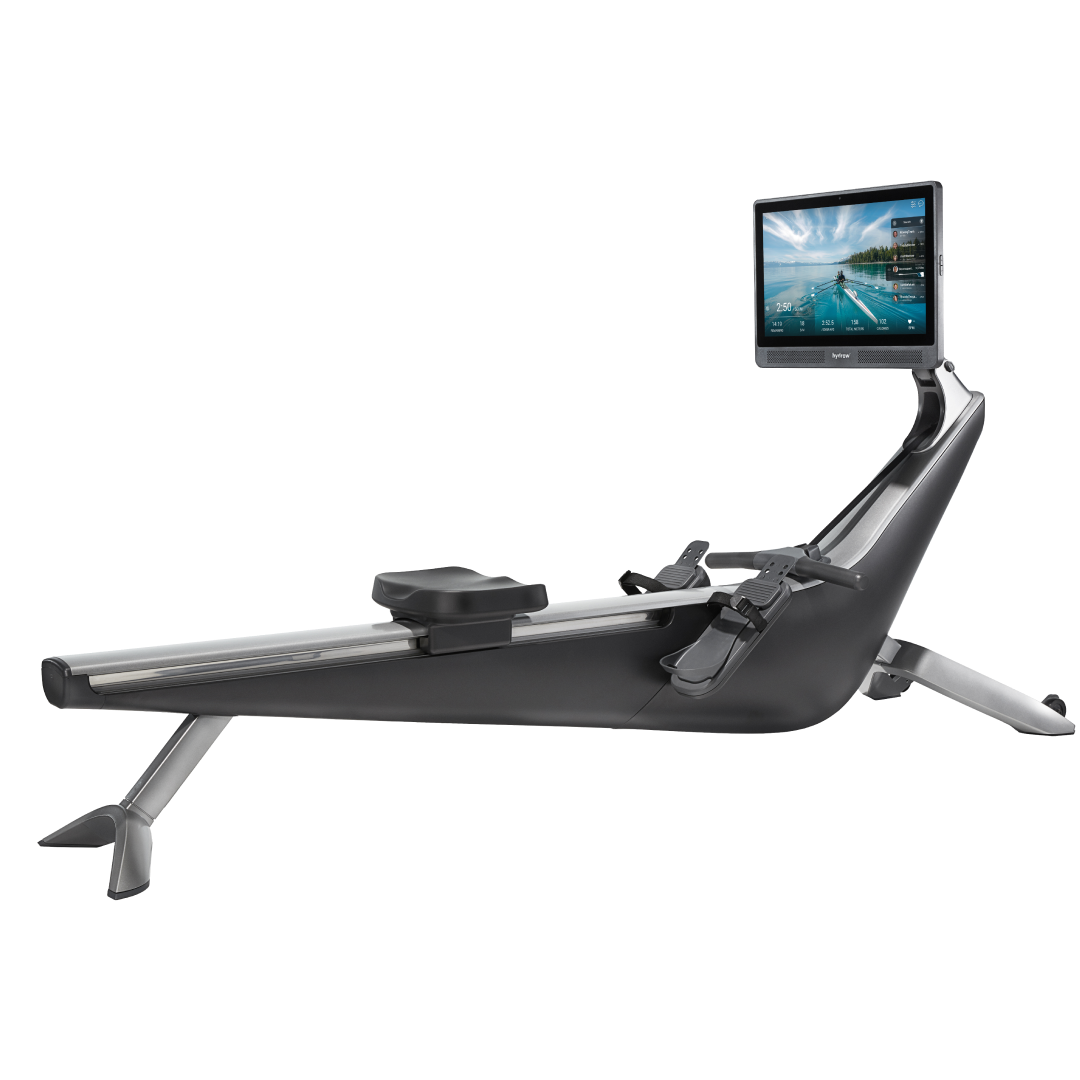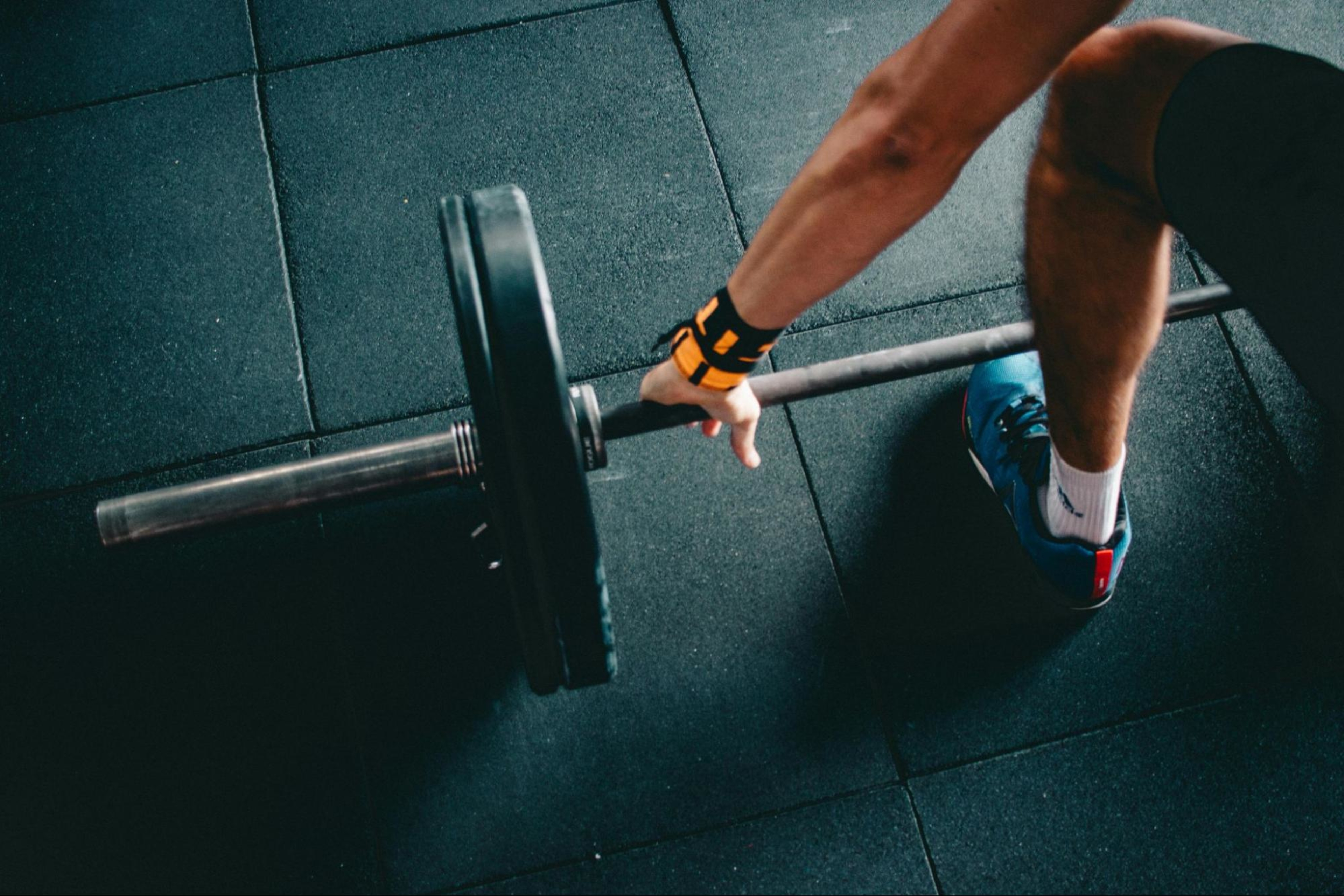Aerobic vs. Anaerobic Exercise: What Is the Difference?

Depending on the way you think about exercise, you can categorize it in a variety of ways: There are high-intensity workouts and low-intensity ones. There’s cardio and strength training. There’s high impact and low impact.
But when it comes to exactly how your body is producing the energy to complete your exercise, the workouts fall into two categories: aerobic and anaerobic exercise. Understanding the differences between these two is key to creating a well-rounded and effective fitness routine. Whether your goal is to improve endurance, build muscle, or burn calories, knowing how aerobic and anaerobic exercises affect your body will help you achieve the results you’re aiming for.
Here, we’re detailing the distinction between aerobic vs. anaerobic exercise and why both can be beneficial to maximizing the results of your exercise regimen.
Let’s dive in!
What is aerobic exercise?
To start, the word “aerobic” means “with oxygen.” As such, aerobic exercise is exercise in which you are using oxygen as energy to fuel your body. Many people use the phrase aerobic exercise interchangeably with cardio, which is generally correct.
An aerobic exercise routine involves maintaining a moderate-intensity for an extended period of time (usually 30 minutes or more), during which your heart rate goes up and you breathe heavier to take in more oxygen. It serves to strengthen your heart and lungs and improve your endurance. Aerobic activities tend to be lower in intensity but can be sustained for extended periods of time.
Common types of aerobic exercise include:
Walking
Running
Jogging
Rowing
Cycling
Swimming
Dancing
Stair climbing
Elliptical
The benefits of aerobic exercise
As we mentioned, the benefits of aerobic exercise focus on the cardiovascular system. It improves endurance, strengthens the heart and lungs, increases heart rate, and boosts metabolism for higher calorie burn. With regular aerobic activity, your heart pumps blood more efficiently, and your lungs enhance their oxygen capacity.
In addition to lowering your risk of heart disease, maintaining a regular regimen of aerobic exercise has been shown to combat a number of health conditions, plus assist with weight loss, improve mental health, lower diabetes risk and severity, and even reduce cancer progression.
Aerobic exercises also tend to be activities that use your entire body, so they serve to strengthen your bones and improve balance, mobility and flexibility.

Cardio and strength, combined
Burn calories and build muscle with steady, natural movements.
What is anaerobic exercise?
Given that aerobic means with oxygen, it follows that anaerobic means “without oxygen.” As in, anaerobic exercise includes exercise that is not being fueled by oxygen coming in through the respiratory system as the primary energy source.
Instead, anaerobic training involves the muscles using the energy they have stored (in the form of glucose) to fuel the movements because you are pushing to your absolute maximum effort. Anaerobic workouts are short bursts of intense, powerful movements meant to increase your muscle mass by repeatedly stretching and tearing your muscle fibers (yes, this is what happens when you build muscle!) through high-intensity exercise. This form of exercise is typically high-intensity and done over a short period of time.
Common types of anaerobic exercise include:
Plyometrics
Heavy weightlifting
Sprinting (in running, rowing, or cycling)
Jumping

Efficiency for the win.
Work 86% of your muscles in just 20 minutes of rowing with Hydrow.
The benefits of anaerobic exercise
The biggest benefit of anaerobic exercise is building muscle. Anaerobic activities like weightlifting help stimulate muscle growth, making them ideal for anyone looking to build or maintain muscle. Plus, by engaging in short, intense bursts of activity, you develop explosive power and strength that can enhance athletic performance.
By increasing your muscle mass, you’ll also get many downstream benefits, including a speedier metabolism, stronger and healthier bones and joints, and better blood sugar control.
There are also some cardiovascular perks to gain from anaerobic exercise. No matter the type of exercise you choose, your body will always start a workout or a movement in an aerobic state, or one in which you are using oxygen as energy. Once the available oxygen is used up and you are still pushing your body to its limit, your muscles will switch over to an anaerobic state. For this reason, you will still get some improvements in your cardio and endurance from anaerobic exercise.
Anaerobic workouts also increase the rate at which your body burns calories, even after the workout is over, thanks to a phenomenon called excess post-exercise oxygen consumption (EPOC). Though aerobic exercise is often thought of as the go-to for fat burning, anaerobic workouts, particularly HIIT, are highly effective at burning fat due to the high intensity and the after-burn effect.
The differences between aerobic vs. anaerobic exercise
To break things down a step further, the differences between aerobic and anaerobic exercise lie in four key areas:
Energy systems and duration
Oxygen consumption and heart rate
Fat burning and caloric expenditure
Muscle engagement and endurance
Here’s exactly how they differ in each area.
1. Energy systems and duration
Aerobic exercise: Relies on oxygen to provide energy for the body and typically lasts for 30 minutes or more. This system is slower but sustainable for long durations.
Anaerobic exercise: Relies on glycogen stored in muscles for quick energy production, making it perfect for short, high-intensity bursts lasting from a few seconds to around two minutes.
2. Oxygen consumption and heart rate
Aerobic exercise: Oxygen is being taken in and absorbed throughout the workout at a faster rate than oxygen is being used by the body, and your heart rate is moderate to high and steady throughout the workout. You can often maintain aerobic exercise for an extended period because the oxygen supply matches the energy demand.
Anaerobic exercise: Does not rely on oxygen for energy, leading to a much faster rise in heart rate. The body can only sustain anaerobic exercise for short bursts due to the rapid depletion of glycogen.

Explore Hydrow’s library of 5,000+ rowing, circuit training, yoga, Pilates, and mobility workouts.
3. Fat burning and caloric expenditure
Aerobic exercise: Highly effective at burning fat, especially during low- to moderate-intensity exercise that’s sustained for a long period.
Anaerobic exercise: Burns fewer calories during the workout itself but has a higher after-burn effect due to EPOC, which means your body continues to burn calories after the workout ends.
4. Muscle engagement and endurance
Aerobic exercise: Primarily engages slow-twitch muscle fibers, which are more fatigue-resistant and designed for endurance.The degree of muscle engagement varies widely depending on the exercise format. Cardiovascular and muscular endurance is one of the biggest benefits.
Anaerobic exercise: Engages fast-twitch muscle fibers, which provide strength and power but fatigue more quickly. Muscle engagement and growth is the focus, but will also vary depending on the exercise format. Improvements in endurance are minimal.
Why you should combine aerobic and anaerobic exercise
If it’s not clear by now, aerobic and anaerobic exercise are two sides of the same coin, if that coin is overall fitness. While aerobic workouts strengthen your cardiovascular system and improve your endurance and mobility, anaerobic workouts build muscle mass to keep your muscles strong and metabolism high
Here are the benefits of combining aerobic and anaerobic exercise:
Improved overall fitness: Combining aerobic and anaerobic workouts allows you to build both cardiovascular endurance and muscular strength, leading to well-rounded physical fitness.
Better fat loss and muscle gain: Aerobic exercises help burn calories and fat during your workout, while anaerobic exercises promote muscle growth and increase your metabolism even after the workout ends.
Increased workout variety: Incorporating both forms of exercise into your routine helps keep things fresh and prevents plateaus.
Enhanced athletic performance: A combination of both forms of exercise can improve your endurance, speed, and power, benefiting athletes across all disciplines.
Staying healthy as you age: Aerobic and anaerobic exercise together will help you maintain muscle and joint strength and optimal health as you get older.
Why rowing offers the best of both worlds
Understanding the difference between aerobic and anaerobic exercise is important for anyone looking to create a balanced and effective fitness routine. By staying active and incorporating both forms of exercise, you can achieve long-term health and fitness goals while preventing burnout and injuries.
Want an easy way to regularly experience the perks of aerobic and anaerobic exercise? Hydrow’s rowing machines combine smooth, natural movement with advanced coaching technology that helps you train smarter and stronger. Each stroke works 86% of your muscles, delivering a full-body workout that’s low-impact and efficient.
Beyond rowing, Hydrow offers an extensive library of off-the-rower classes—including strength, mobility, yoga, and more—to help you build balanced fitness that supports your everyday life.
Explore the benefits of Hydrow’s rowing machines and workouts today.

Real strength keeps moving
Learn how working out with Hydrow can help support a fuller, more active life.








